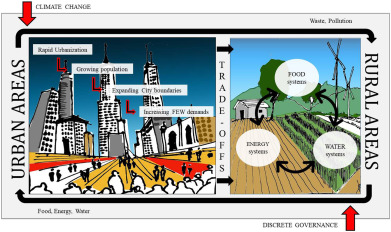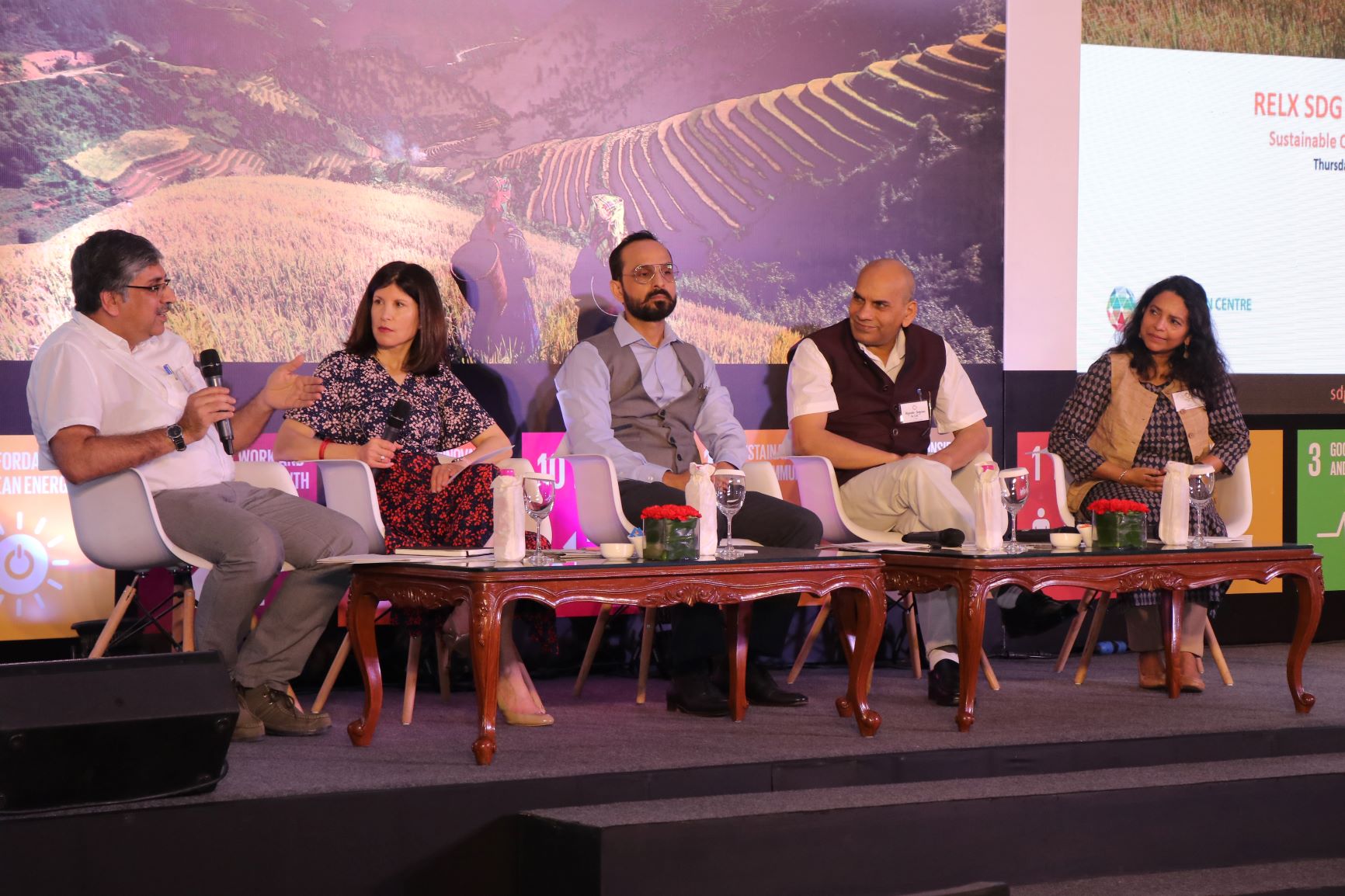The “build back better” (BBB) approach to disaster recovery was first introduced in 2006 by the United Nations Secretary-General's Special Envoy for Tsunami Recovery, former US President William Clinton. In 2015, BBB became the second half of Priority 4 of the Sendai Framework for Disaster Risk Reduction 2015–2030, in recognition of its widespread use and adoption among disaster risk management practitioners, policy-makers, and researchers.
Food Nutr Res. 2019 May 9;63. doi: 10.29219/fnr.v63.3410. eCollection 2019.
Daniel A. Vallero, Chapter 13 - Air pollution control technologies, Editor(s): Daniel A. Vallero, Air Pollution Calculations, Elsevier, 2019, Pages 377-428, 9780128149348


